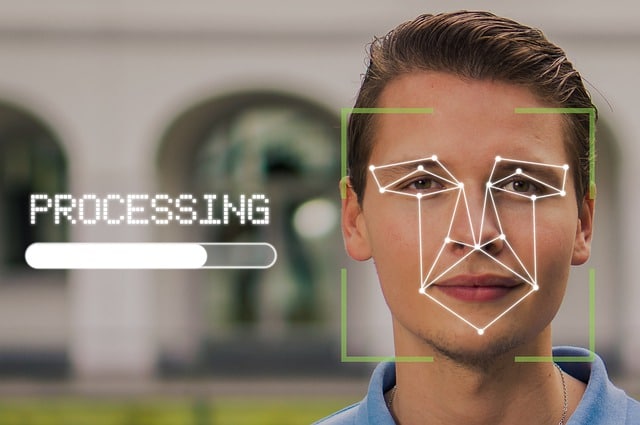
Recognize an individual through their iris
A biometric is an analysis of biological activities and phenomena . This is an exam that can focus on statistics or aim at the mensurative.
Recognition of individuals
Generally the concept refers to the record of measurements of living beings . By extension, the procedure that allows an individual to be recognized unequivocally based on certain features is known as biometrics.
A system can apply various techniques to verify the identity of a person and thus provide access to a sector restricted to the general public. This set of techniques and resources are part of the field of biometrics.
The most common types
The study of the retina , fingerprints or the palm of the hand , for example, is a tool that makes biometric recognition possible. In some cases, behavioral rather than biological characteristics are appealed to, such as the way of walking or the signature .
Iris recognition , on the other hand, is one of the most reliable methods. The iris is a membrane found in the eye that is responsible for regulating the size of the pupil, with the consequent control of the magnitude of light that penetrates it. This type of biometrics should not be confused with scanning the retina, a tissue formed by neurons that communicate with the brain to send impulses: for the iris, its image is compared with a previously recorded one; A ray is projected to the retina that carries out a complex capture process.
We can also mention facial recognition , which can be carried out in two or three dimensions, that is, capturing a flat or volumetric image. The first method can be manipulated using a photograph of the individual with access to the system, while the second method requires the real face, so it is safer and more effective .
The basis is the comparison
The operation of a biometric system is carried out through data comparison . First the authorized person has to register a certain characteristic (such as a fingerprint). That information is processed through an algorithm and stored in a database. Then, each time the subject tries to enter the restricted area, they place their fingerprint on a reader. That fingerprint is checked against the database and, if it matches, access is achieved. On the other hand, if another man tries to enter with his fingerprint, the records do not match and his request to enter is denied.
Comparison is a mechanism that we use every day, in our daily lives and in the most complex areas of science: we have in memory an incalculable volume of information against which we analyze the data around us to make decisions. We recognize people by their face, their physical characteristics, the way they walk, etc., precisely because we store all of these characteristics in our brain in the first place .

Facial recognition biometrics can be 2D or 3D
Advantages and disadvantages
Biometrics offers several advantages: it does not require passwords, keys, magnetic cards, etc. For areas where security is crucial, it is suitable since only authorized people pass the verification process . In the case of mobile phones, on the other hand, it saves time because it unlocks the screen by simply placing your finger on the reader or looking at the camera indicated for facial recognition.
Among its negative points are possible false negatives and false positives in recognition . As mentioned above, some methods are not foolproof. Furthermore, while stealing a password can be done without harming its owner, forcing him to pass a biometric test can lead to different degrees of violence.
